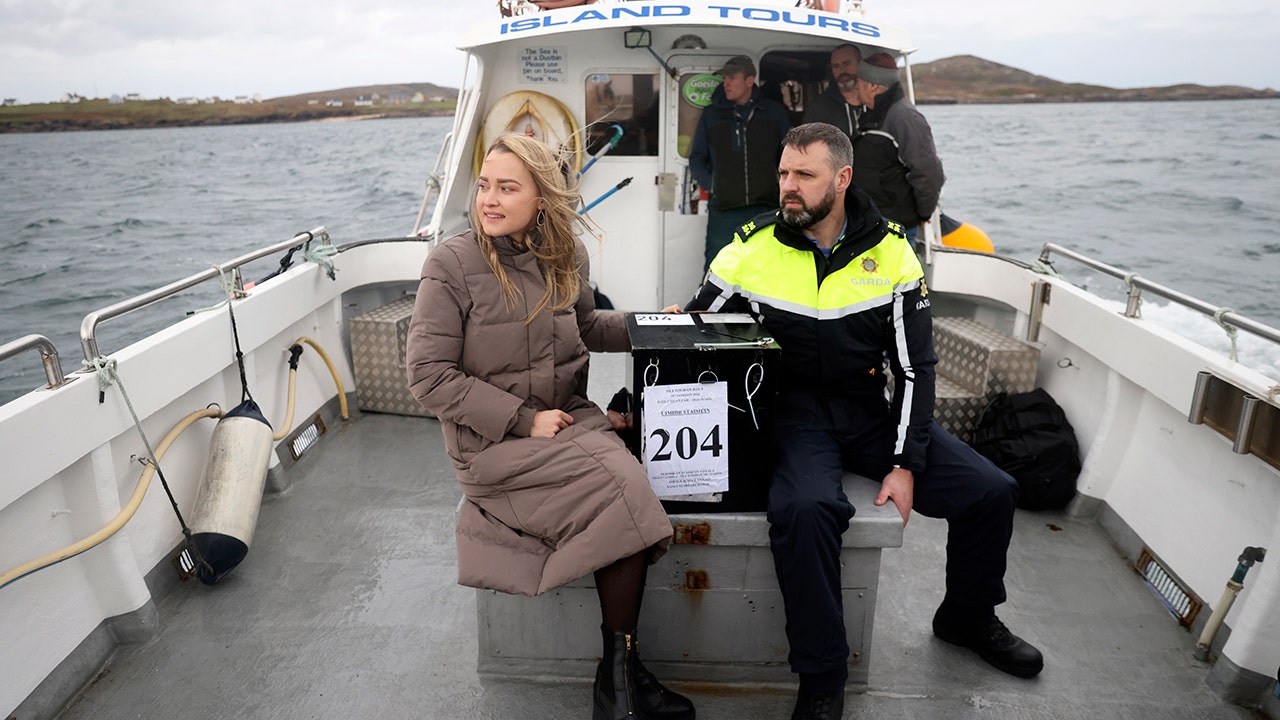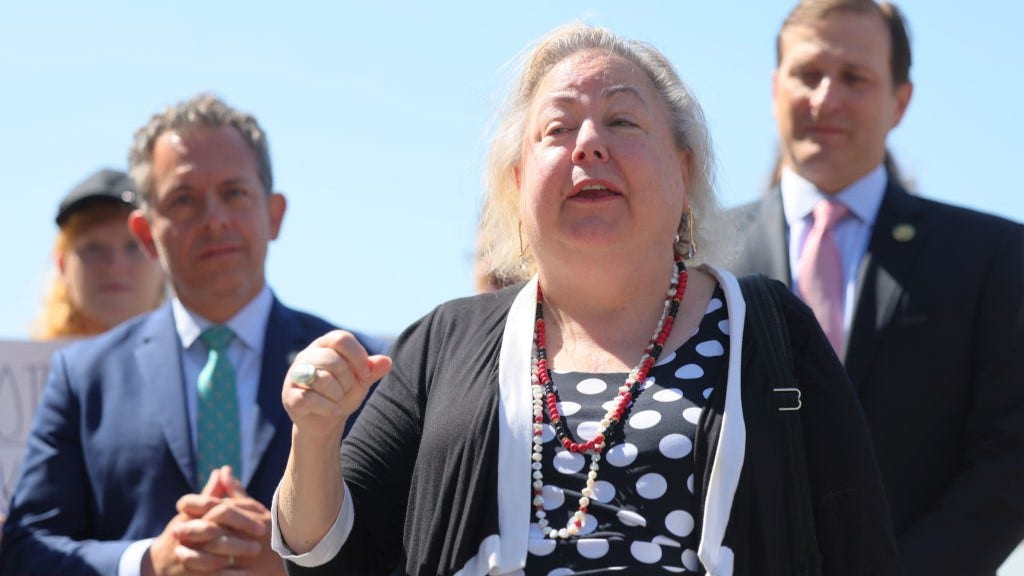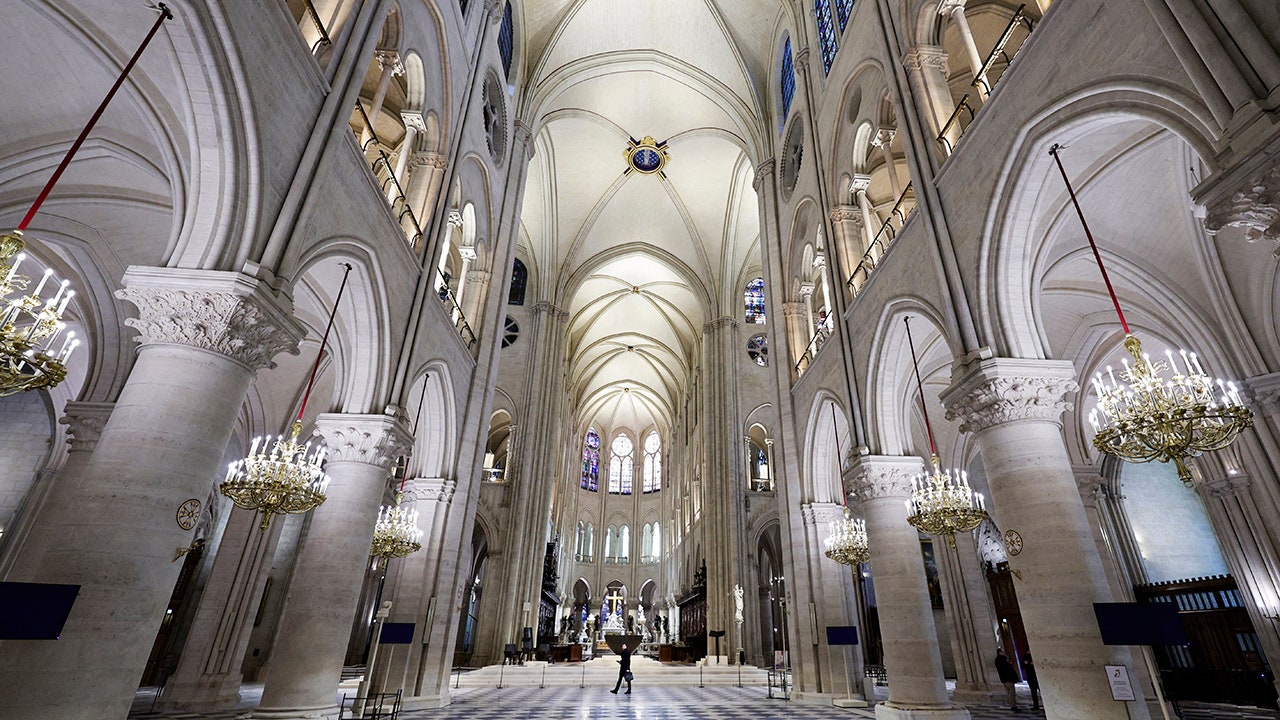President Biden began his abridged Asia tour Thursday in Hiroshima, a city dedicated to reminding the world what happens when a brutal war escalates into nuclear war, and prepared for talks with his closest allies over two crucial ones Questions: How can you get better? Arm Ukraine as it begins its counter-offensive against the Russian invaders, and how to slow or stop the downward spiral in relations with China?
Both are now familiar topics for the heads of state and government of the group of seven, who have grown much closer together since Russia’s attack on Ukraine began 15 months ago and have remained surprisingly united. But at some point over the course of the three-day discussions, G7 leaders are also expected to break new ground: the first talks between the world’s largest democratic economies on a common approach to regulating the deployment of generative artificial intelligence programs like GPT-4.
Artificial intelligence was not initially on the agenda as Prime Minister Fumio Kishida invited the other six leaders – along with Prime Minister Narendra Modi of India and, via video or in person, President Volodymyr Zelenskyy of Ukraine – to the Japanese prefecture, where he his political decisions made start.
But the new language model for artificial intelligence from OpenAI As nations around the world focused for the first time on the possibilities of disinformation, chaos and the physical destruction of critical infrastructure, Biden’s national security adviser, Jake Sullivan, began calling his colleagues to seek a joint discussion.
It’s far from clear that this group of leaders — the G7 also includes Germany, Britain, France, Canada and Italy — can keep a conversation going on a technology that seemed to be on the scene so quickly, albeit it took years to develop. Previous efforts to get the group to deal with far simpler cybersecurity issues have mostly ended in platitudes about “public-private partnerships,” and there has never been any serious discussion of rules that should guide the use of offensive cyberweapons.
American officials say that in the case of chatbots, even a vague basic discussion could help establish some common principles: that the companies offering products using large-language models are primarily responsible for their safety and that there must be rules for transparency as a result it becomes clear what kind of data each system was trained on. This will allow lower-level staff to discuss details of what those initial regulations would look like, officials said.
But when G7 leaders meet starting Friday, Ukraine will dominate the conversation at a critical moment for Mr Zelenskyy, for Ukraine and for the West’s core democracies, who now face the urgent task of making that happen what Mr. Biden has achieved calls this a “strategic defeat by Russia in Ukraine”.
Mr. Biden often says that Russia is already defeated. But the fear permeating the seven major democracies here is that unless the counter-offensive proves hugely successful, Ukraine will sink into a bloody, frozen conflict where the best hope would be a ceasefire signed to the Armistice that ended the fight against the Korean Peninsula 70 years ago this summer.
Such a confrontation seemed almost unimaginable in 1997, when President Bill Clinton and British Prime Minister Tony Blair invited Russia to become a full member of the group and expand it – for almost two decades – into the G8. Russia was “suspended” after annexing Crimea in 2014 and withdrew from the group three years later.
With his troops already trying to destroy Russian arms depots in the run-up to the counter-offensive, Mr. Zelenskyj has just made a series of quick visits to European capitals to bolster support for continued high arms and aid spending. He is expected to address leaders virtually in Hiroshima, but behind the scenes there have been talks about whether to risk taking him across the world in person to present his point.
Either way, he’s going to have a big audience. In addition to India, the heads of state and government of Australia, South Korea, Brazil, Indonesia and Vietnam will be present as guests. It’s part of a broader strategy by Mr. Biden and his allies to include countries that have been, to varying degrees, onlookers in the Ukraine war and refuse to denounce Russia too harshly, enthusiastically impose sanctions, or arm Russia with Ukraine.
Some of the core members are trying to arm Mr. Zelenskyj in a way that could exceed Mr. Biden’s willingness. While in the UK, Prime Minister Rishi Sunak hugged Mr Zelenskyj tightly and told reporters: “They need the sustained support of the international community to defend themselves against the barrage of relentless and indiscriminate attacks that have been their everyday reality for over a year Year. We must not let them down.”
Britain and the Netherlands have urged Washington to allow Ukraine to begin training to deploy F-16 fighter jets. But just as Mr. Biden was initially reluctant to turn in HIMARS and Patriot missile batteries and other technology, he was wary of the F-16, a plane that could easily reach and hit the Kremlin.
Thus, the United States might argue at Hiroshima that the fighter jets, while symbolically impressive, are so expensive that they are bought at the price of sending far more useful, less expensive systems, including the anti-aircraft systems that have proved surprisingly successful when captured would fend off incoming Russian missiles. The apparent damage to at least part of a new Patriot missile battery in Kiev this week has underscored the fact that such systems are valuable.
Mr Biden has always been cautious – overly cautious in the eyes of Mr Zelenskyy and some NATO allies – about giving Ukraine arms he believes will lead to a rapid escalation of the war and renewed threats from the Russian leader Vladimir V. Putin could use a tactical nuclear weapon.
Britain has just started giving Ukraine another longer-range precision weapon than the US-provided HIMARS, a missile system called the Storm Shadow. British Foreign Secretary James Cleverly told reporters in Washington last week that Putin’s threats of escalation now ring hollow and that these are “gateways that must be crossed”.
For Mr. Kishida, the host, dealing with the nuclear issue will be unusually difficult. The summit will open with a visit from Mr. Biden to the famous Atomic Dome. He is the second American President to see the site of the atomic bombing ordered by President Harry S. Truman. (President Obama came in 2016 and Mr. Kishida was one of his guides on the site.)
Like many Japanese political leaders, Mr. Kishida has pushed for the phasing out of nuclear weapons throughout his career. But he and other Japanese leaders also concede that Putin’s threats have made US “enhanced deterrence” under its nuclear umbrella more important to Japan’s strategy now than it has been in years.
G7 officials will also grapple with the downward spiral in China-United States relations. Mr. Sullivan, the national security adviser, spent two days with Wang Yi, China’s top foreign minister, in Vienna last week in what was widely described as an attempt to re-establish communications following the US decision to shoot down a Chinese surveillance balloon before the South Carolina coast.
Officials have said little about the meeting, but it appears China has informed Mr Sullivan that it is again open to visits from Commerce Secretary Gina Raimondo, Treasury Secretary Janet Yellen and ultimately Secretary of State Antony J. Blinken.
Mr. Biden, on Tuesday additional stops deleted He was on that trip to Papua New Guinea and Australia so he could return to the US on Sunday to deal with debt ceiling negotiations and said on Wednesday he was trying to reconnect with Chinese leader Xi Jinping meet. It is a sign that the stalemate in relations over the past few months may be easing, even as the underlying dynamic between the United States and China, a growing nuclear powerstill has to change.





